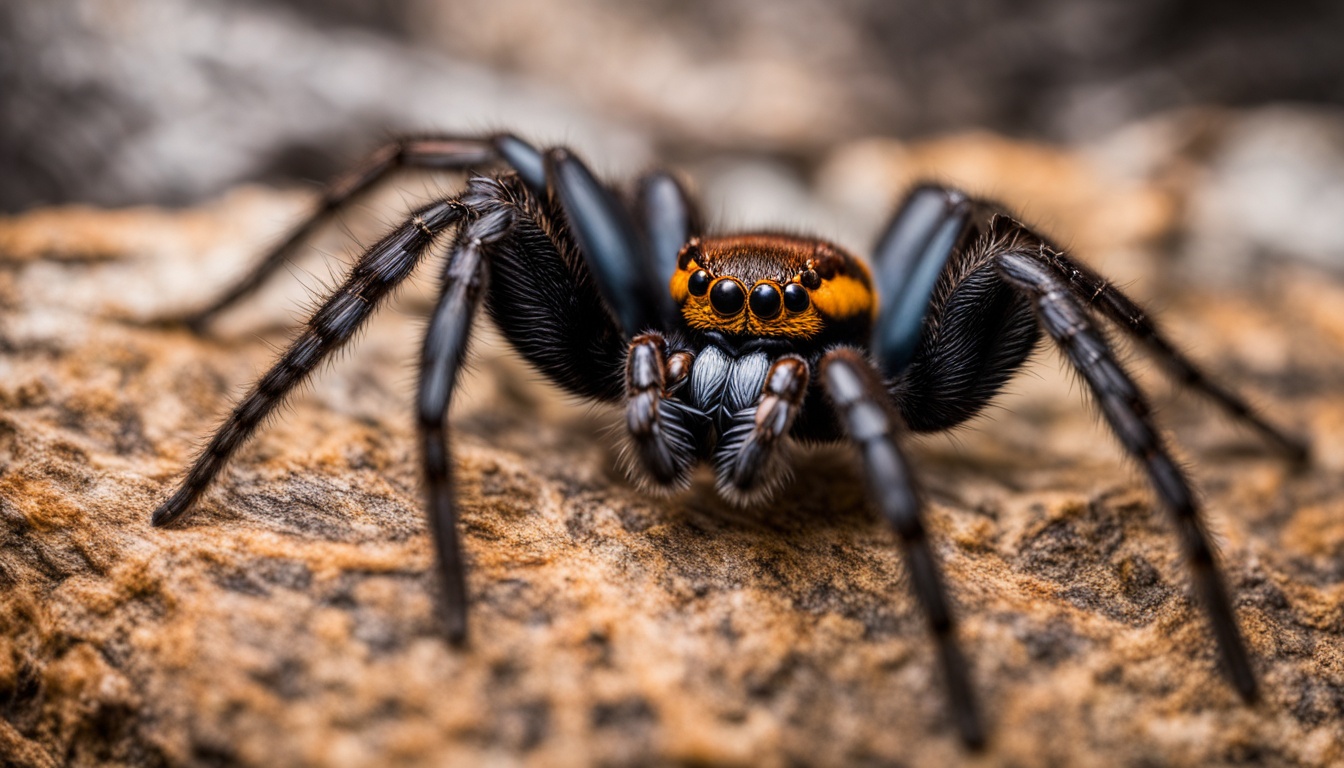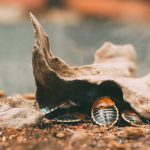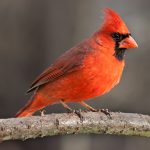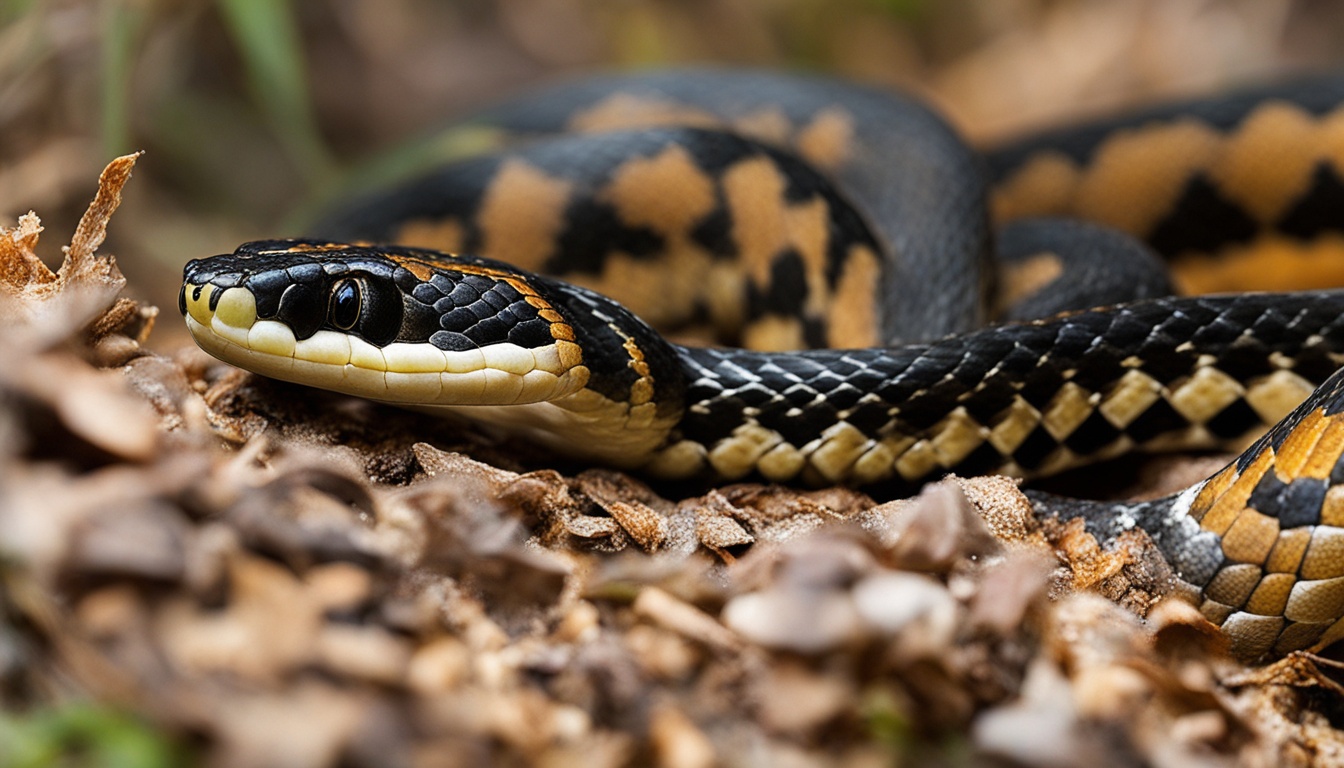Have you ever thought about venomous spiders in the USA? Do they threaten people who work both indoors and out?
Yes, there are venomous spiders in the United States. The black widow and brown recluse are the most common. They can be a risk to both outdoor and indoor workers. This includes people like machine operators, janitors, and cashiers. Though not often, these spiders’ bites can sometimes be deadly. It’s very important to stay alert and be ready.
Employers have a big part in making sure their workers know about these spiders. They should teach them what to do if they get bitten. Every worker should understand how to stay safe from these dangerous spiders.
Understanding Venomous and Poisonous Spiders
It’s important to know the difference between venomous and poisonous spiders. Venomous ones bite to deliver poison, while poisonous ones release toxins if touched or eaten. This is key when talking about poisonous spiders in United States with people.
Difference Between Venomous and Poisonous
The term “venomous” means they can deliver toxins through bites, like a spider does with its fangs. “Poisonous” refers to creatures that are toxic if touched or eaten. Many common venomous spiders in US are venomous. But, they usually don’t hurt people much.
Common Misconceptions Around Spider Venom
Many think all U.S. spiders are harmful. But, only a few dangerous ones exist, like the black widow and brown recluse. These common venomous spiders in US are known for potentially dangerous bites. However, dying from a spider bite is very unlikely. This shows we need to correct misunderstandings and learn more about poisonous spiders in United States.
The Most Venomous Spiders in North America
When we talk about the types of poisonous spiders in America, the black widow and brown recluse are top of the list. The CDC identifies them as the main cause of serious bites in North America. It’s key to remember they don’t usually bother people and mainly bite when they’re scared.
The black widow stands out with its black body and red hourglass on its abdomen. It’s famous for its dangerous bite, yet deaths are very rare. This is mainly because big bites are not common.
The brown recluse is also well-known among types of poisonous spiders in America. It has a violin-shaped marking. These spiders like to live in quiet places, both inside and outside. Their bite can cause serious harm to the skin, but it’s seldom deadly. This shows that though you should be careful, the risk of death is low.
Here’s a quick comparison of black widows and brown recluses:
| Spider Type | Identification | Habitat | Bite Impact |
|---|---|---|---|
| Black Widow | Black body with red hourglass marking | Dark, undisturbed areas (garages, sheds) | Can cause muscle cramps and severe pain, but rarely fatal |
| Brown Recluse | Brown with violin-shaped marking | Secluded areas (closets, attics) | Can cause necrotic skin lesions, but rarely fatal |
It’s important to know these spiders’ traits and habits. They are not a big threat when left alone. Being aware and handling them correctly can keep us calm and avoid danger.
Black Widow Spiders: Identification and Risks
Black widow spiders are well-known for their scary looks and strong venom. They live in quiet areas all over the United States. It’s important to learn about them to keep safe.
Physical Description of Black Widow Spiders
Identifying black widows is easy. They’re black and have a red hourglass shape underneath. This red shape helps to tell them apart from other spiders. The females are bigger and their bites are more dangerous.
Health Risks Associated with Black Widow Bites
A bite from a female black widow can hurt a lot. You might get muscle cramps, feel sick, or have trouble breathing. Although not often fatal, their bites need quick medical care because they can be very risky.
Habitat and Behavior of Black Widow Spiders
Black widows love quiet, dark places like garages and piles of wood. They usually don’t try to bite us. They only do if they get scared. It’s smart to know where they live to avoid them.
| Feature | Description |
|---|---|
| Appearance | Shiny black bodies with a red hourglass mark |
| Venom Potency | Highly potent, causing severe symptoms |
| Common Habitats | Garages, basements, woodpiles |
| Behavior | Non-aggressive, bites when threatened |
Learning to spot black widows and know about their bites helps us stay safer. It’s a way to reduce the risks they bring in the US.
Brown Recluse Spiders: What You Need to Know
Brown recluse spiders have a distinct violin-shaped mark. You can find them mainly in the central and southern United States. They like to stay in hidden spots like attics, closets, and sheds.
These spiders are dangerous because of their venom. It can badly damage the tissue where they bite. Even though their bites can be serious, they usually don’t cause death.
| Characteristic | Details |
|---|---|
| Appearance | Violin-shaped marking on the back |
| Habitat | Secluded indoor areas |
| Venom Effects | Tissue damage, potential systemic effects |
| Aggression Level | Low; bites happen in defensive situations |
| Fatalities | Rare |
It’s vital to know the risks brown recluses bring and where they like to hide. Being aware and careful can help you avoid their bites. This is true for dealing with venomous spiders in the US, especially brown recluses.
Brown Widow Spiders in the USA
Brown widow spiders are a unique species found in the southern United States. They are known for being less aggressive and have orange hourglass markings. These markings help people recognize them.
Appearance and Characteristics of Brown Widows
These spiders are light brown to tan with an orange hourglass design underneath. You can see mottled or banded patterns on their legs, which vary in look. They are smaller and lighter than black widow spiders.
Health Impact of Brown Widow Bites
The venom of brown widow spiders is strong but not as harmful as black widows. Bites cause localized pain, redness, and swelling. Serious reactions are rare, so bites aren’t often dangerous.
Preferred Habitats of Brown Widow Spiders
Brown widow spiders like calm, quiet places. They make their webs under outdoor items, in garages, behind shutters, and in containers. They look for places that keep them safe from harm.
Here is a comparison table outlining the key differences between black widow and brown widow spiders:
| Characteristic | Black Widow Spiders | Brown Widow Spiders |
|---|---|---|
| Color | Shiny black | Light brown to tan |
| Markings | Red hourglass | Orange hourglass |
| Behavior | More aggressive | Less aggressive |
| Venom Potency | High | Moderate |
| Common Habitats | Dark, undisturbed areas like garages and basements | Undisturbed outdoor areas like under furniture and eaves |
Identifying the Red Widow Spider
The red widow spider lives mostly in Florida’s scrublands. It stands out with its unique red color and different body patterns. This makes it hard to spot compared to other spiders.
These spiders prefer sandy, open areas. This makes them different from the more known widows.
Getting bitten by a red widow spider is similar to a black widow’s bite. But, it’s usually not as serious. This is because they inject less venom. Symptoms can include muscle pain, spasms, and sometimes nerve issues.
To identify them, look for their unique red color. Also, their choice of living in open areas is a clue. Know these signs to stay safe around red widow spiders.
| Characteristic | Red Widow Spider | Black Widow Spider |
|---|---|---|
| Primary Color | Red | Black |
| Habitat | Scrublands, Sandy Areas | Garages, Basements |
| Venom Potency | Lower | Higher |
| Common Symptoms | Mild to Moderate Pain | Severe Muscle Cramps |
Red widows are rarely encountered. But it’s smart to know how to spot and avoid them. Knowing their unique look and where they live is key to keeping safe.
Yellow Sac Spiders in the United States
Yellow sac spiders are a common sight in the US. They are known for their light yellow color and quick movements. These spiders make silken tubes, or “sacs,” where they live and molt. You can find them in gardens, shrubs, and sometimes in homes, especially when it’s cold outside.
Overview of Yellow Sac Spiders
Belonging to the genus Cheiracanthium, yellow sac spiders are small. They are about 0.2 to 0.4 inches long. These spiders are active at night. They feed on small insects. Even though they may look harmless, they can bite when they feel threatened. This has led to concerns about their bites in the US.
Potential Dangers of Yellow Sac Spider Bites
The venom of yellow sac spiders has cytotoxins. These can cause local skin reactions after a bite. You might experience redness, swelling, and some pain, similar to a bee sting. Although these bites can be uncomfortable, they rarely cause serious damage or ongoing health issues. It’s good to know about the risks of venomous spider bites in the US, even though the danger from yellow sac spiders is low.
“The yellow sac spider’s bite, although painful, generally does not result in severe medical issues. Prompt cleaning and care can effectively manage the symptoms.” – American Arachnological Society
Wolf Spiders: Are They Dangerous?
Wolf spiders are known for their quick hunting skills and care for their young. People might be scared of them thinking they’re dangerous. But, it’s key to know they’re not a big risk to us. Yes, their bites might hurt, yet they rarely cause serious health trouble.
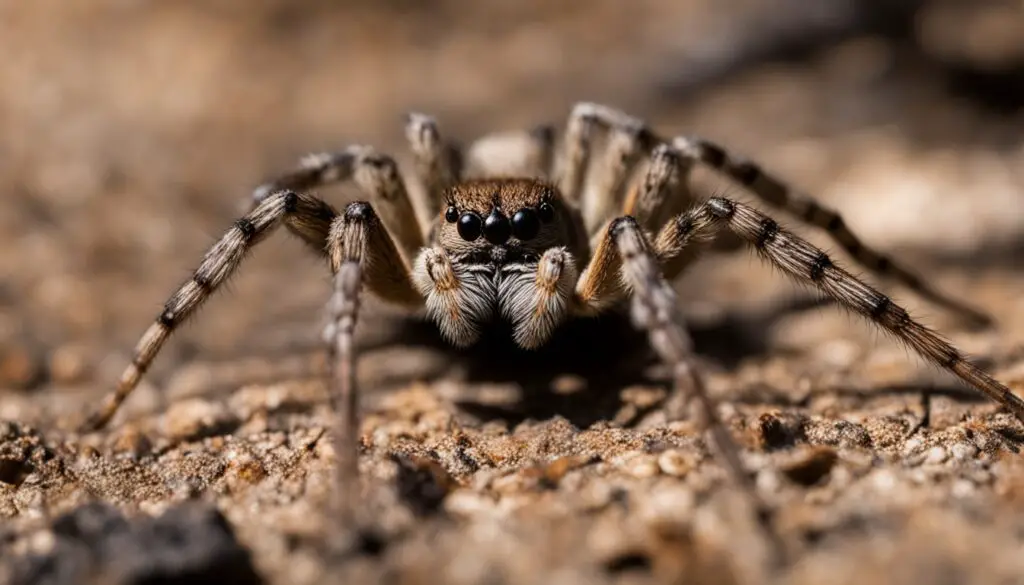
Wolf spiders are chill and usually steer clear of us. They like hunting more than anything, and not human interaction. So, meeting one is just chance, not on purpose.
It’s pretty easy to keep wolf spider bites away with a bit of care. Watch where you put your hands and feet outdoors. This helps a lot. And if you are bitten, it’s usually no big deal, first aid is enough to treat it.
- Wolf spiders are recognized for their impressive hunting prowess.
- They exhibit strong maternal behaviors, especially in protecting their young.
- While their bites can cause discomfort, serious health reactions are uncommon.
- Interactions with humans are typically accidental, as they prefer to steer clear of us.
- Avoiding wolf spiders hazard can be achieved through simple precautions.
Learning about wolf spiders shows they’re not that scary. They like to keep away from people. This makes them a low-risk spider in the USA.
Common Myths About Venomous Spiders in the USA
Spiders are often thought to be dangerous. This leads to many myths about their venom. By understanding and looking into these myths, you can learn more about them. This, in turn, helps reduce any unnecessary fear people may have.
Myth 1: All Spiders Are Dangerous to Humans
It’s not true that all spiders are harmful to us. Most spiders in the USA can’t even bite through our skin. This fear often comes from not knowing enough about them or from wrong information. Knowing the truth can help you not be afraid of them.
Myth 2: Spider Bites Are Always Lethal
Many think spider bites will kill you. While some, like the black widow or brown recluse, have potent venom, they rarely cause death. In fact, many bites that are said to be from spiders are actually from other bugs. So, knowing the facts can help you see the real risk.
The table below further clarifies common misconceptions versus facts:
| Myth | Fact |
|---|---|
| All spiders are dangerous. | Most spiders are harmless to humans. |
| Spider bites are always lethal. | Lethal spider bites are extremely rare. |
| Spiders often bite humans. | Spiders generally avoid human interaction. |
Protecting Yourself from Venomous Spiders
To keep yourself safe from venomous spiders, taking steps is very important. A clean and tidy living or work area is key. Keeping an eye out for spiders can improve your chances of not getting bitten.
Preventative Measures
Cleaning and clearing out storage areas is highly effective. Spiders love dark, quiet places like basements and garages. Keep these spots clean. Don’t forget to close up any holes around windows, doors, and vents. This stops spiders entering your space. Wear gloves and long sleeves when you handle stored items. This adds an extra layer of safety.
First Aid for Spider Bites
If you do get bitten, it’s vital to know what to do. First, wash the bite with soap and water. Then put a cold pack on it. This helps with swelling and pain. Never try to heat up or cut the bite. If you think it’s a bad spider, get medical help right away. This is very important to stop the poison from causing any more harm.
| Preventative Measure | Implementation |
|---|---|
| Regular Cleaning | Keep clean, especially in hidden places. |
| Sealing Entry Points | Close up holes with caulk and weatherstripping. |
| Wearing Protective Clothing | Wear gloves and long sleeves when dealing with old stuff. |
| First Aid Step | Action |
| Cleaning the Bite | Always wash the bite area first. |
| Cold Compress | Use a cold compress to help with swelling and pain. |
| Seek Medical Attention | See a doctor right away for bites from dangerous spiders. |
Focusing on these steps and knowing what to do if a bite happens is critical. Stay informed and watchful to safeguard yourself from venomous spiders.
What to Do If You Encounter a Venomous Spider
Coming across a venomous spider can be scary. But, there are steps you can take to keep safe. Here is what to do when you see a venomous spider.
Steps to Take for Safe Removal
First off, try to stay calm. Don’t touch the spider. Use a long object to nudge it into a container safely. Be slow and careful; this avoids a bite.
Next, move the spider far from where you live or work.
When to Seek Professional Help
If the spider problem is big or you’re not sure what to do, call experts. Greenix Pest Control can help. They know how to keep spiders away from your space.
If you get bitten, see a doctor right away. Quick action can lower the risk of serious harm from a spider bite.
Conclusion
Yes, venomous spiders live in the USA. The black widow and brown recluse spiders are the top two. But by knowing about them, their homes, and the real dangers they bring, fear can be managed. It’s true that their bites can harm you. However, in the USA, very few people die from these spiders.
It’s vital to be aware and ready for venomous spiders. Recognizing their signs and taking precautions can lower the risk. Keeping your spaces clean and watching out for spider hiding spots are key to staying safe.
If you’re bitten, knowing the right first aid is important. Being careful and informed protects not just you but others too.

